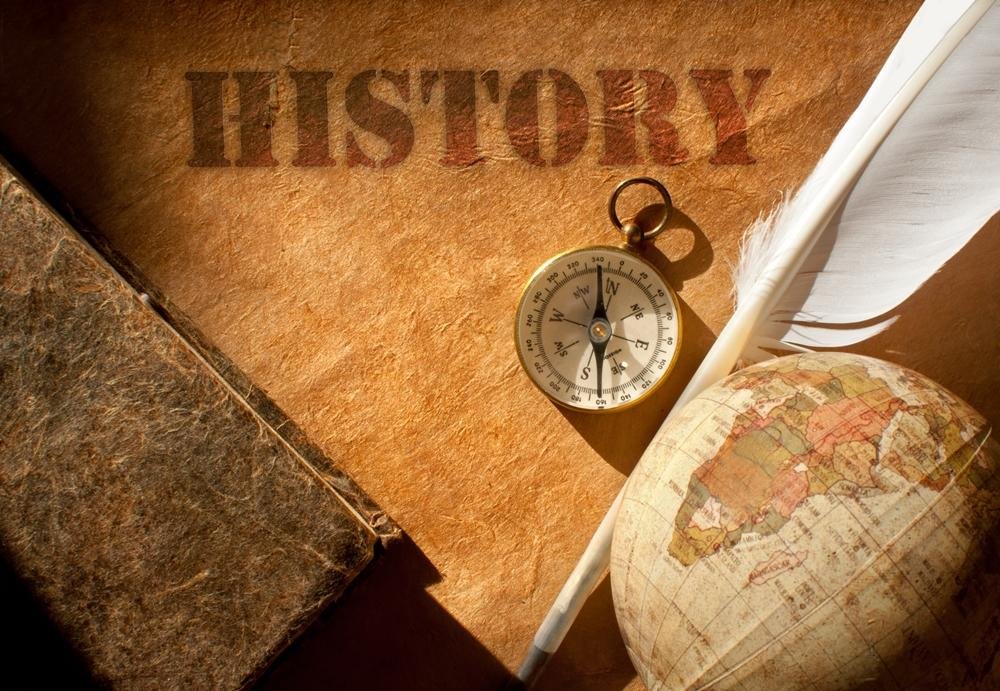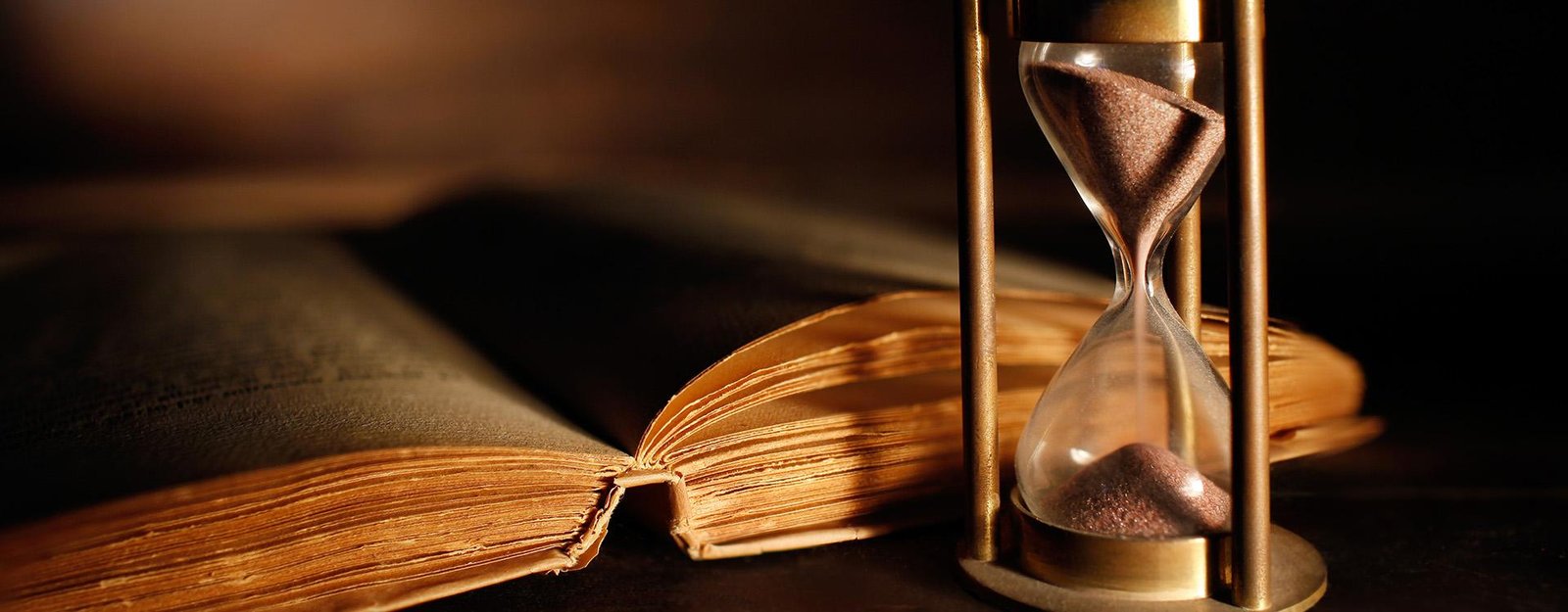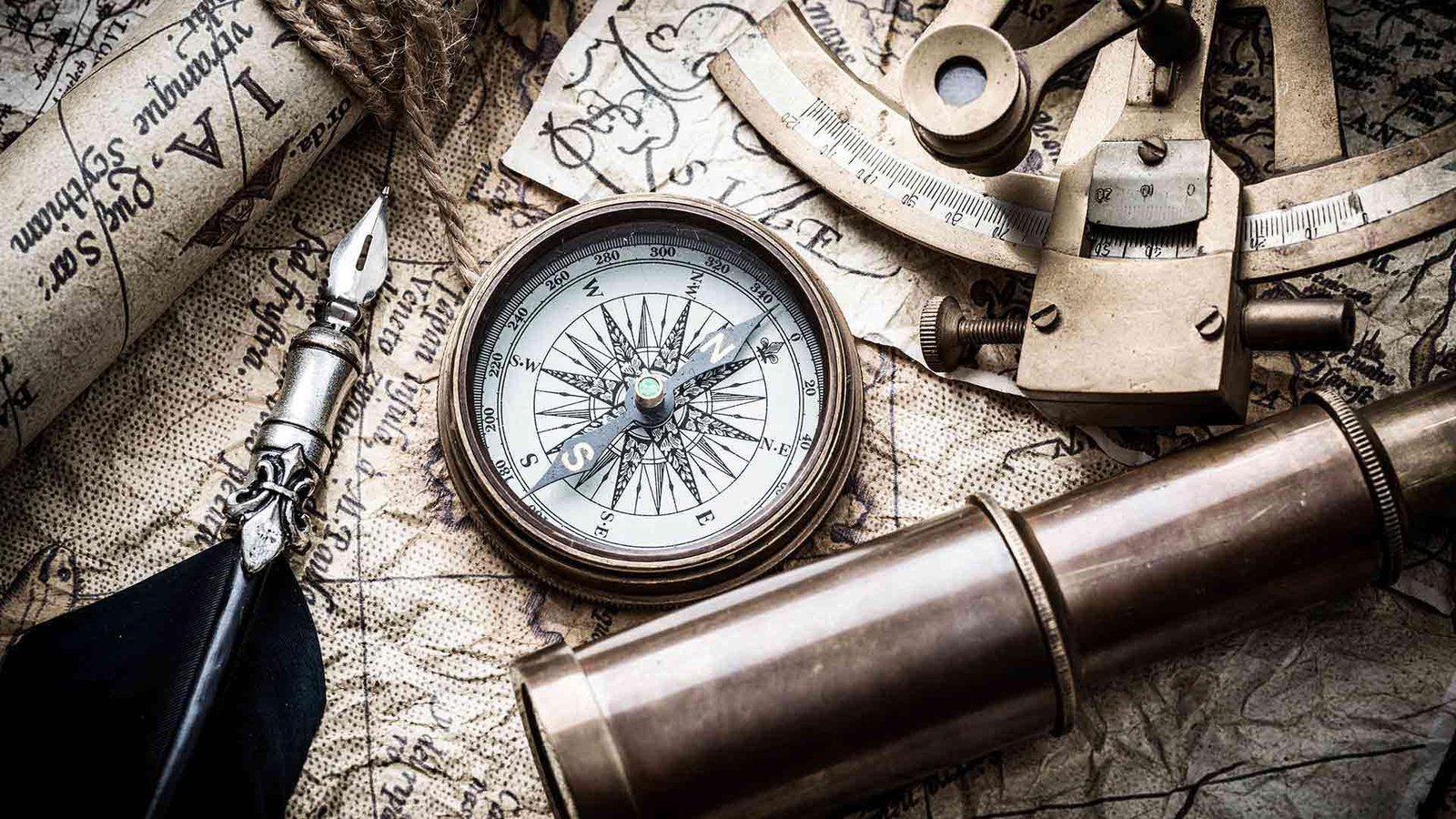The History of Hunting: From Ancient Times to Modern Day
As the sun casts its golden glow over sprawling fields and dense forests, a timeless dance unfolds between mankind and the wild. Hunting—a practice as old as humanity itself—has woven itself into the very fabric of our existence. From the shadowy figures of prehistoric hunters sketching their triumphs on cave walls, to the modern-day conservationists dedicated to maintaining nature’s delicate balance, the story of hunting is rich with adventure, evolution, and lessons learned. Whether fueled by the primal need for sustenance, the thrilling pursuit of sport, or the deep-seated connection to nature, hunting has transformed over the millennia, adapting to the changes in our society and environment. Grab your gear, and join us on a journey through the ages as we explore the fascinating history of hunting—an odyssey that reveals not just the way we chase our quarry, but also the way we understand our place in the world.
The Ancient Pursuits: Tracking the Roots of Hunting Culture
From the earliest days of humankind, the rhythmic pulse of life was intricately linked to the acts of hunting and gathering. Early humans, with their rudimentary tools crafted from stone and wood, embarked on expeditions fueled by instincts and survival needs. They ventured into the wilderness, relying on keen observational skills and communal cooperation to track their prey. As time progressed, hunting transformed not just into a means for sustenance but also a rich tapestry woven with stories, rituals, and traditions that shaped cultures across the globe. It gave rise to hierarchies and leadership, as those who excelled at hunting were often revered within their clans.
The significance of hunting extended beyond mere survival; it fostered a profound connection to nature and an understanding of ecological balances. Across various civilizations, this primal activity manifested in different forms, encompassing:
- Cave Paintings: Illustrating hunting scenes, these artworks offer glimpses into the social and spiritual dimensions of ancient hunts.
- Rites and Rituals: Many cultures developed elaborate ceremonies to honor the animals hunted, showcasing gratitude and reverence.
- Tool Development: Early hunting tools evolved from simple spears to advanced weaponry, reflecting innovative thinking and resourcefulness.
Through these practices, hunting became not only a pivotal survival strategy but also a vessel for cultural expression, community bonding, and the transmission of knowledge from one generation to another.

Tools of the Trade: Evolution of Techniques and Technology
The journey of hunting techniques and technology spans millennia, reflecting the ingenuity and adaptability of humans as they sought to thrive in diverse environments. In ancient times, hunters relied heavily on their physical prowess, employing crude tools fashioned from stones and bones. These early implements, such as hand axes and spearheads, showcased the resourcefulness of our ancestors, who meticulously crafted each tool to maximize efficiency. Over time, as migration patterns and environmental changes reshaped their surroundings, hunters began to experiment with materials and designs, giving rise to more sophisticated weaponry. The introduction of the bow and arrow marked a pivotal evolution, allowing for greater range and accuracy while boosting the potential for larger game capture.
As civilizations advanced, so too did hunting methods. The advent of metallurgy brought about a revolution in hunting technology with the production of metal tools and traps, which enhanced effectiveness and safety for hunters. The Middle Ages saw the emergence of more specialized equipment, such as crossbows and firearms, which transformed the dynamics of hunting. Today, we witness a fascinating blend of tradition and innovation, as modern hunters benefit from advanced optics, high-tech navigation instruments, and even biotechnology for tracking wildlife. The integration of digital tools, such as smartphone apps for mapping and weather forecasting, reflects a seamless merging of nature and technology, positioning hunters to be more adept and responsible in their pursuit of sustainable practices in hunting.
Sustainability and Ethics: The Modern Hunters Responsibility
As we reflect on the evolution of hunting, it becomes increasingly clear that modern hunters carry a weighty responsibility. Engaging with nature also means understanding the intricate web of ecosystems and the species that inhabit them. Today’s hunters must embrace a philosophy that prioritizes sustainability and ethical practices to ensure the preservation of wildlife for future generations. This involves a commitment to:
- Respecting wildlife populations by avoiding overharvesting and adhering to local regulations.
- Promoting habitat conservation to maintain the natural environments that support diverse ecosystems.
- Practicing ethical hunting methods that prioritize the humane treatment of animals.
Furthermore, education plays a crucial role in fostering a culture of responsibility among hunters. Staying informed about the latest conservation strategies and threats to wildlife can improve decision-making in the field. A commitment to share knowledge and experiences can encourage others to engage in responsible hunting practices. To visualize the impact of these efforts, consider the following table highlighting key principles in modern hunting ethics:
| Principle | Description |
|---|---|
| Conservation | Protecting natural habitats and supporting biodiversity. |
| Humane Practices | Ensuring quick, ethical kills and minimizing suffering. |
| Community Engagement | Promoting responsible hunting within broader communities. |

Future Frontiers: The Changing Landscape of Hunting Practices
The future of hunting is an exciting realm characterized by innovation and adaptability. As technology continues to advance, hunters are embracing new tools that enhance safety, efficiency, and sustainability. Drones are becoming a staple in scouting, offering aerial perspectives of terrain that were once difficult to access. Smart tracking devices allow hunters to follow animal movements and patterns, providing invaluable data that can help in both planning and executing successful hunts. Additionally, augmented reality applications are emerging, enabling hunters to overlay essential information about wildlife habitats right onto their field view. This evolution marks a significant shift from traditional methods, highlighting the harmony between human ingenuity and nature.
Moreover, the coming years are set to redefine the ethical considerations surrounding hunting. A growing emphasis on conservation and ecotourism is influencing how hunting practices are structured. Local communities are increasingly involved in game management, ensuring that wildlife populations remain sustainable while also benefiting economically from regulated hunting activities. Special initiatives focus on teaching responsible practices through educational programs, which emphasize the importance of respecting the ecosystem. As hunters adopt these principles, the landscape of the sport is transforming, carving out a future where tradition and innovation coexist harmoniously.
Future Outlook
As we close the chapter on the rich tapestry that is the history of hunting, it’s clear that this age-old practice has woven itself into the fabric of human existence. From the ancient tribes that relied on their sharp instincts and skillful hands to put food on the table, to the modern-day adventurers who seek a deeper connection with nature and the thrill of the chase, hunting has evolved, yet its essence remains unchanged.
While the tools and motivations may have shifted over the millennia—from stone-tipped spears to high-tech gear—the shared experience of pursuing wild game continues to forge bonds among families, friends, and communities. It reminds us of our primal instincts, our need for sustenance, and our profound respect for the natural world.
So whether you’re a seasoned hunter, a curious observer, or someone who simply cherishes the stories passed down through generations, it’s fascinating to reflect on how hunting reflects our history and shapes our future. Let us celebrate this tradition—balancing respect for wildlife, sustainability, and the joy of the great outdoors. Here’s to keeping the spirit of the hunt alive, embracing both the thrill of the chase and the serene moments of stillness in nature’s embrace. Happy exploring!

